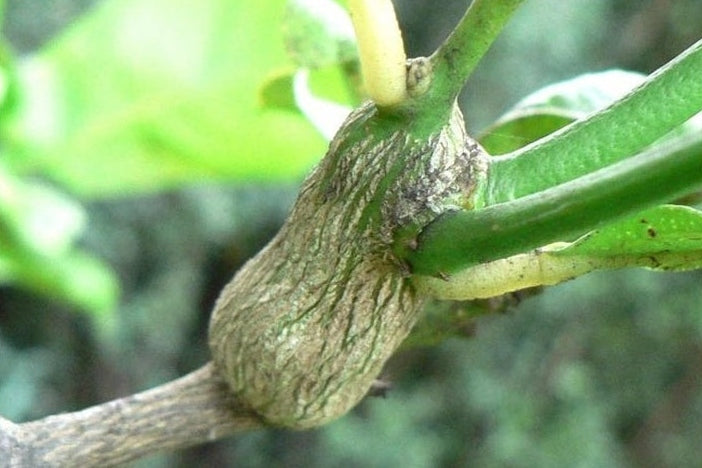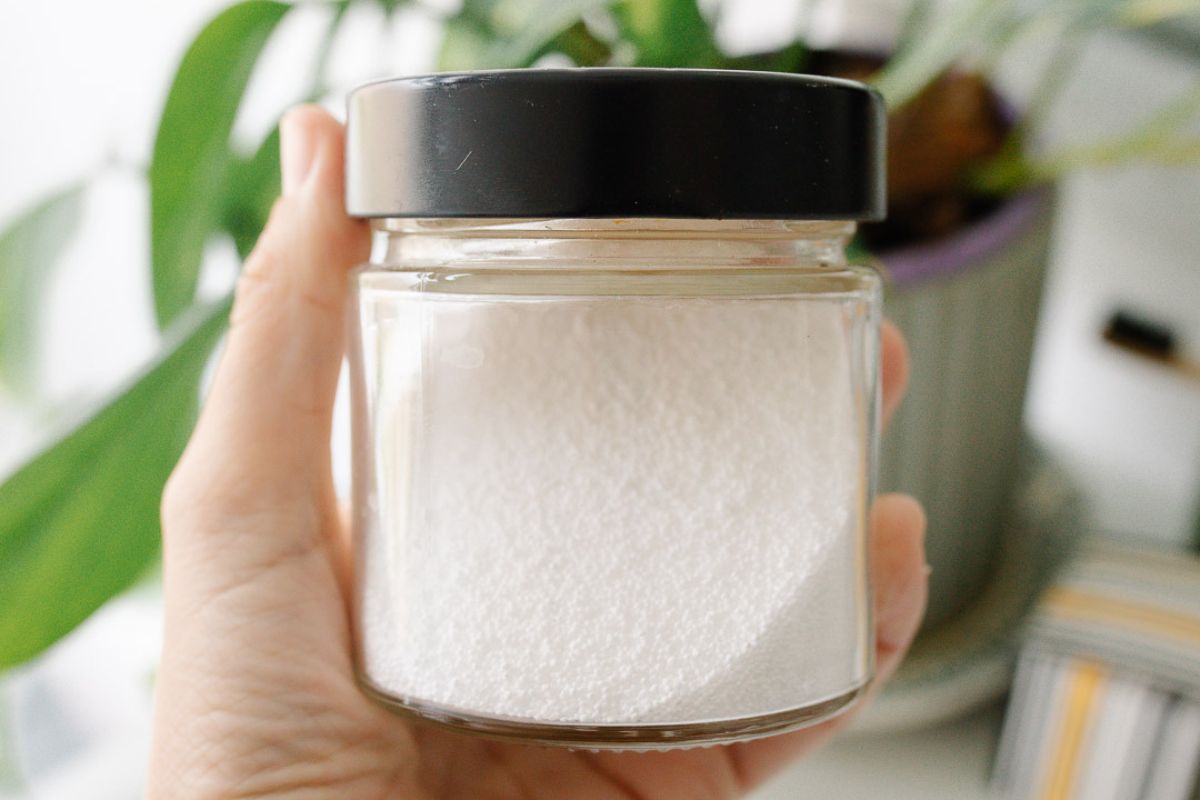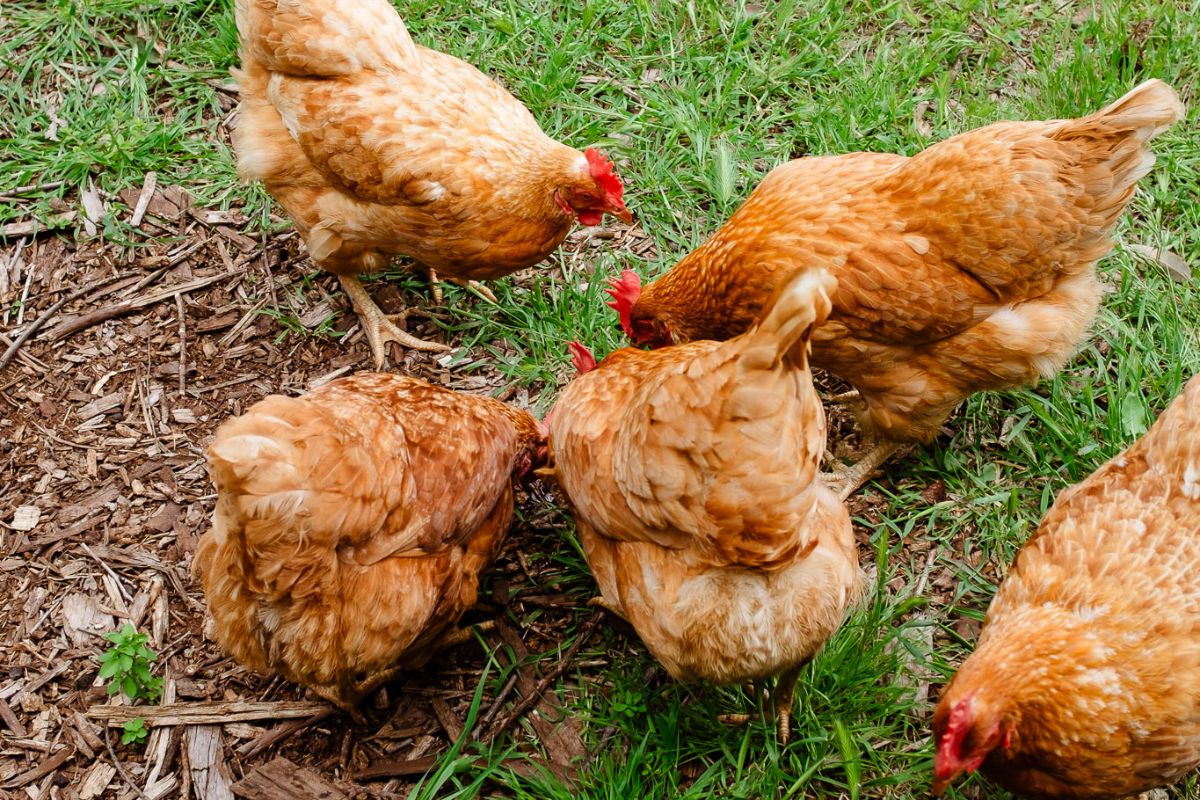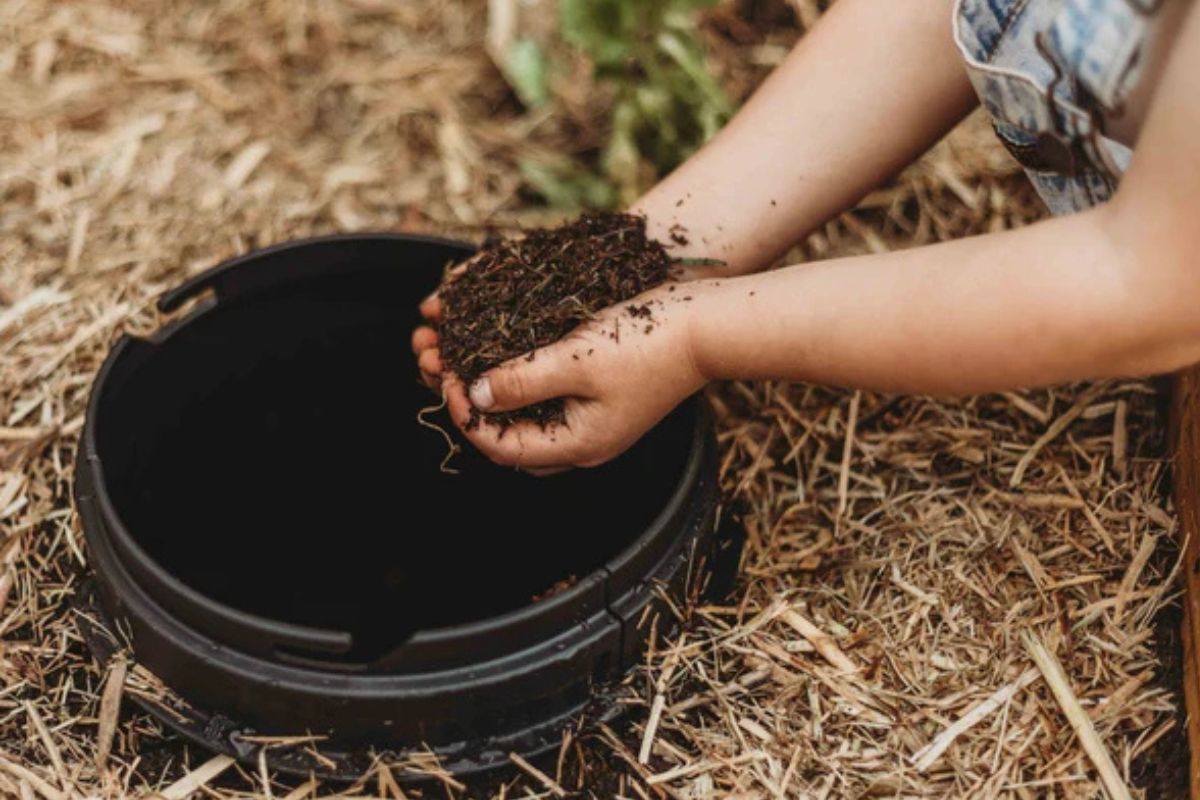Winter is a critical time in the fight against citrus gall wasps which are becoming a huge nuisance in many Perth suburbs. Citrus gall wasp (Bruchophagus fellis) is an Australian native insect from northern NSW and Queensland which spreads easily among backyard citrus trees. Infestations usually begin from the introduction of a diseased plant and the lack of monitoring for the characteristic gall development in branches.

Citrus gall wasps cannot fly far, so infestations usually occur by close contact with infested trees, including across the fence of urban properties. The pests may spread over larger distances by the wind or by the movement of infested trees from one place to another. Work closely with your neighbours to ensure they are
Citrus Gall Wasp Signs
- Characteristic woody galls which form around the developing larvae
- New season galls become visible in February - by June they are very easy to spot
- Search for forming galls on young, green twigs
- Galls on older branches can indicate an older infestation
- Holes within the gall indicate that the adults have already emerged
A citrus gall with exit holes for the emerging wasps
Citrus Gall Wasp Control
Chemical control of citrus gall wasps in the Perth home garden is not possible as the chemicals registered for gall wasp control are only available in commercial quantities for professional orchardists. There are many chemical free techniques which can be successful at controlling a citrus gall wasp outbreak, and strict pruning is the most essential.
In the past, some home gardeners have been encouraged to use a potato peeler to peel away the layers of the gall to kill the larvae inside - this technique is not recommended for best results. Instead, it is best to remove entire affected limbs below the gall.
Prune out all galls before 30 June to avoid the need to treat before disposal. The larvae inside the galls will not survive. Pruned material can go into green waste.
Galls removed after 30 June should be treated before disposal to ensure that wasps do not emerge from the pruned offcuts. There are three ways to treat these late pruned offcuts:
- Solarise by placing in a well sealed plastic bag and leaving in the sun for at least 4 weeks
- Shredding or mulching - if it is close to emergence (Spring), make sure the galls dry out or solarise this material too
- Burning - check your Shire's local guidelines before lighting a bonfire.

Monitor healthy citrus trees for signs of gall wasp
How to Prevent Citrus Gall Wasp
- Avoid heavy fertilising of trees in Winter and Spring. Overdoing heavy nitrogen applications can promote excessive amounts of Spring growth that the gall wasp prefers.
- Talk to your neighbours - work together to eradicate this pest in your street and suburb.
- Learn to recognise citrus galls and check new trees before buying or moving. Re-check again in June.
- Petroleum oil sprays can help to deter adult gall wasps from laying eggs.
- In New South Wales, trials of kaolin clay sprays are showing promise to disrupt egg laying and reduce galls.
- Home gardeners can paste horticultural glue over galls in early September to trap emerging wasps and prevent reinfestation.
To help authorities track and contain the spread of citrus gall wasp, please report all incidences using the My Pest Guide App from DPIRD.
References
Department of Primary Industries and Regional Development
Images credit DAFWA







Leave a comment (all fields required)